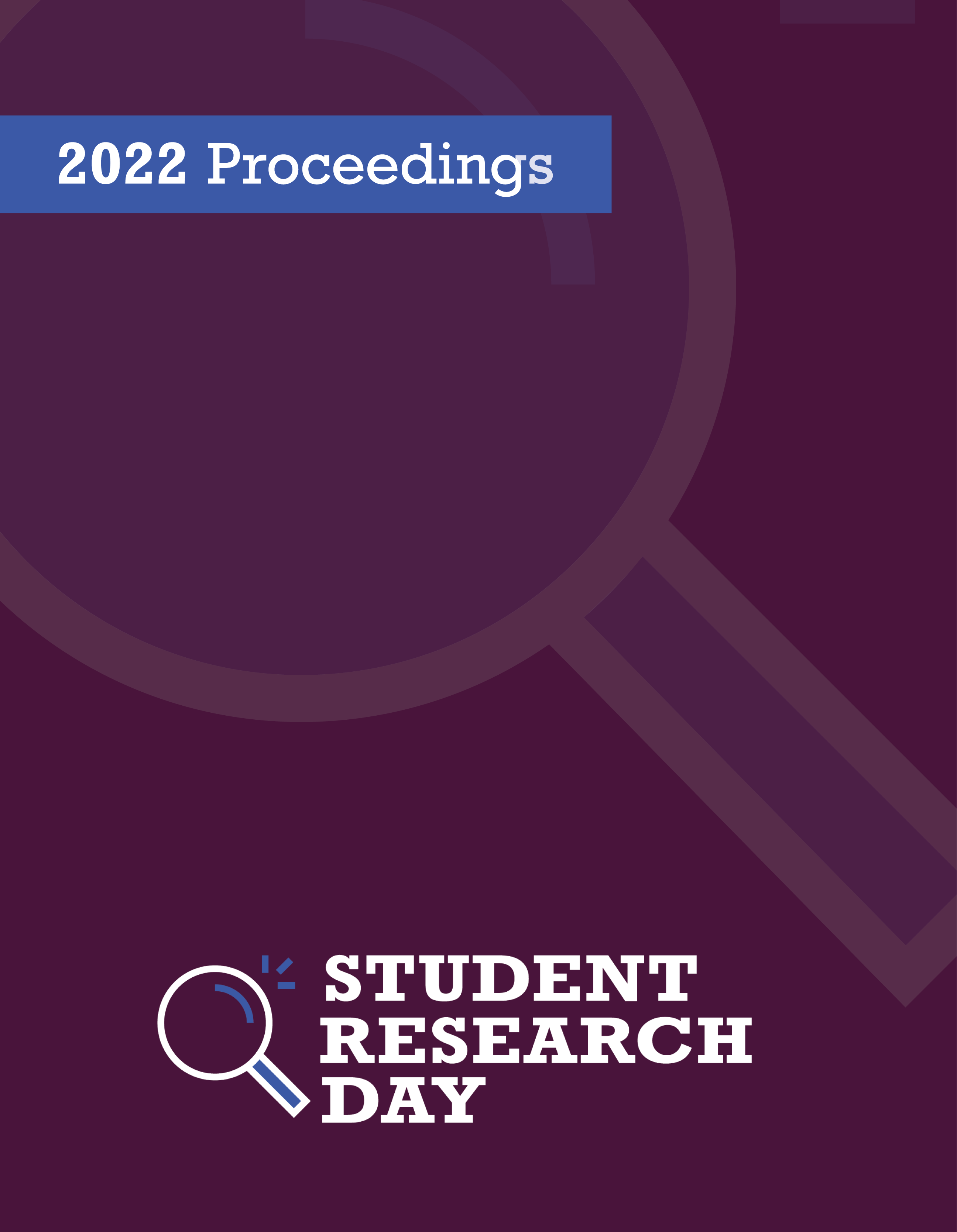The Potential of Central, Non-Predictive Arrow Cues to Engage Reflexive Shifts in Spatial Attention
Abstract
Traditionally, both peripheral and central arrow cueing tasks have been used to study the cognitive and neural mechanisms underlying reflexive and voluntary spatial attention, respectively. However, a handful of studies over the past two decades have demonstrated that central arrow cues may also cause reflexive shifts in attention. This is believed to be the product of arrows being akin to overlearned behaviourally relevant stimuli. The purpose of the current study was to further explore the degree to which central arrow cues can result in reflexive shifts of attention by directly comparing the cueing effects produced with non-predictive central arrow cues with that of non-predictive peripheral cues in a group of healthy adults (n=40). Data were collected online during live sessions using Testable software (testable.org). Our results indicated that, at early SOAs (i.e., 50 and 100 ms), there was a significantly larger cueing effect for non-predictive peripheral compared central arrow cues. In addition, inhibition of return (IOR) effects became apparent at later SOAs, but only for non-predictive peripheral cues. Finally, the small cueing effects observed for non-predictive arrow cues were only reliable at later SOAs (i.e., ≥300ms). Together, these results suggest that central arrow cues do not drive the same reflexive shifts in attention as peripheral cues, and that the two types of cues likely engage different mechanisms. Future studies will examine whether the difficulty of the attention task (e.g., detection vs. discrimination) influences the magnitude of the cueing effects observed between the two types of non-predictive cues.
Department: Psychology
Faculty Mentor: Dr. Christopher Striemer
Published
Issue
Section
License
Authors retain any and all existing copyright to works contributed to these proceedings.



